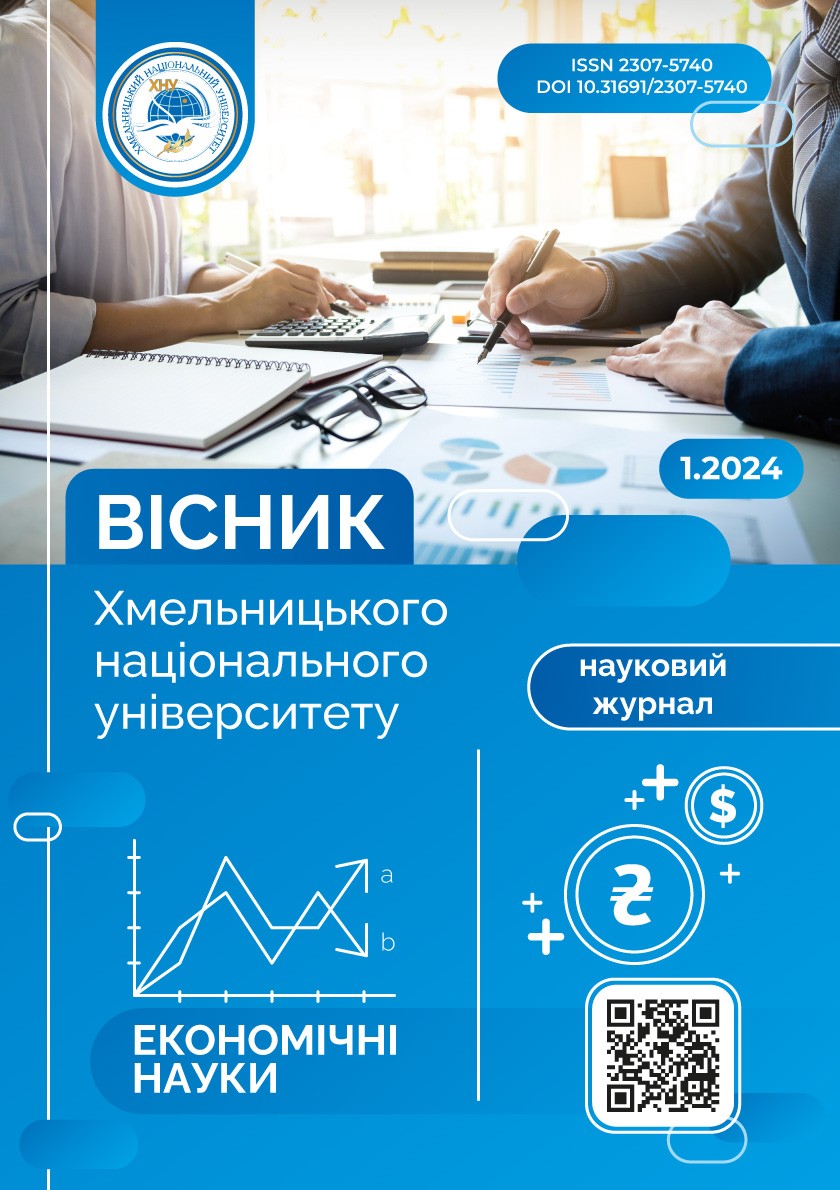FORMATION OF THE COST SYSTEM BASED ON THEIR OPTIMAL STRUCTURE
DOI:
https://doi.org/10.31891/2307-5740-2024-326-29Keywords:
cost formation mechanism, industrial enterprises, costs, enterprise management, cost optimizationAbstract
The functioning of business entities of the machine-building industry is closely related to the consumption in the process of manufacturing and selling products (goods, services) of a wide range of material, energy, labor, financial, and intellectual resources. Accordingly, the amounts incurred by the enterprise constitute a generalized monetary estimate of the cost of consumed production resources, and also reflect the optimal use of resources, the consumption of which is important for providing all the needs of the enterprise at the stage of production processes.
Effective management influence at the stage of formation and implementation of expenses requires ensuring an equally significant degree of differentiation of the defined management system, as well as the justified application of norms and methods of solving management problems related to the optimal regulation of consumption norms.
The basis of the integrated cost management system is a hierarchical system of performance indicators of the enterprise, which provides an opportunity to implement the principle of decentralization in the implementation of management decisions.
The budgeting system creates prerequisites for attracting additional financial resources, finding channels for their mobilization, adequate centralization of cash flows, and regulates their rational use.
The proposed algorithm for implementing an integrated cost management system is shown in Fig. 3.6. determines the procedure for implementing a set of systematized measures regarding the implementation of management technology, the system of intra-firm cost planning, which prescribes key regulations and management procedures.


